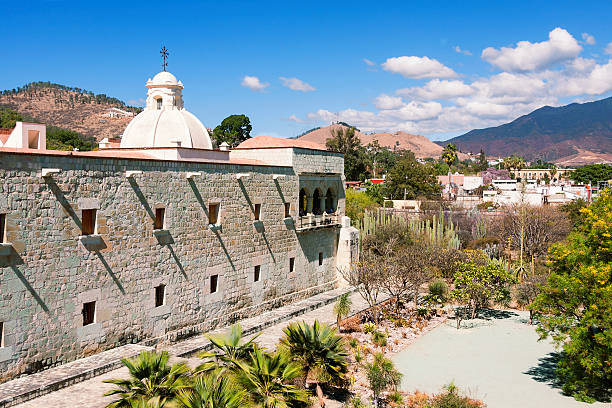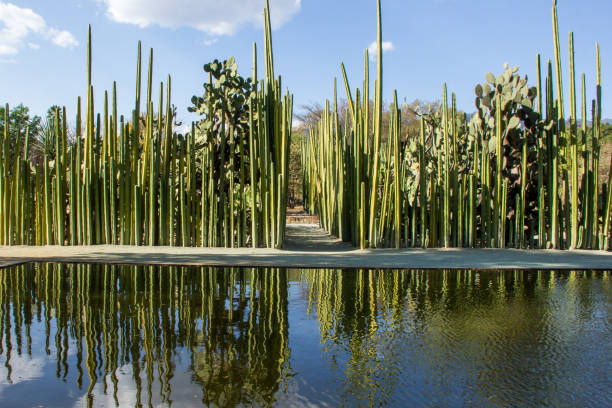Learn history through botany in Oaxaca

Oaxaca attracts people from all over the world due to its more than 310 miles of Pacific Coast beaches, archeological remains, colonial architecture, mountains, valleys, and warm temperature. While Oaxaca officially includes 16 indigenous tribes, each group has hundreds of subgroups, each with its own language and social traditions. Oaxaca, like the neighboring states of Guerrero and Chiapas, has a strikingly wide collection of indigenous cultures with centuries-old origins. The city of Oaxaca derives its name from the Aztec village of Huaxyácac. In 1529, the Spanish carved up a new town around the Zócalo, which rapidly became the most important location in southern Mexico.
The Jardn Etnobotánico exudes history. Cochineal from the prickly pear cactus may turn your hands a brilliant crimson color. At its peak, smooshed-bug blood was used to colour clothing for Europe's aristocracy, making Spaniards wealthier than the French. The garden's storyteller guides describe how indigenous people used plants for clothing, housing, food, ceremonies, and medicine. A interesting narrative depicts Mayan mythology, which considered the ceiba tree as the cosmos itself, with its roots in the underworld and the strange thorns on the trunk signifying the people.













